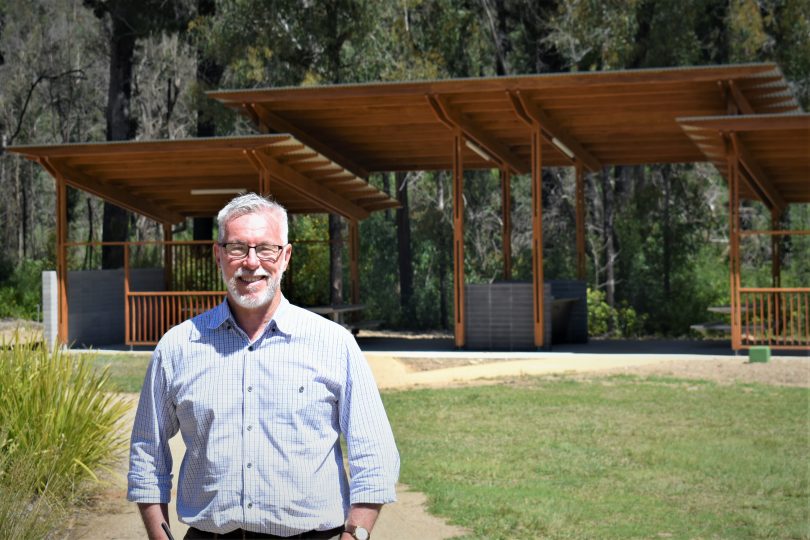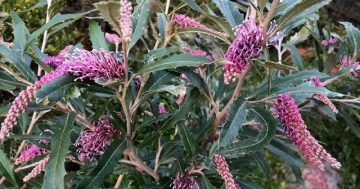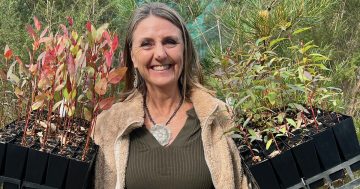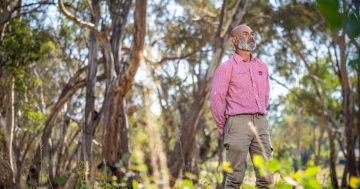
Eurobodalla Regional Botanic Gardens manager Michael Anlezark led the groundbreaking project that gathered data from 11 botanic gardens. Photo: Eurobodalla Shire Council.
Tucked into Mogo’s native bushland on the NSW South Coast and home to more than 2000 native plant species is the Eurobodalla Regional Botanic Gardens.
The gardens, a major tourist attraction, are leading the way in the state’s conservation efforts, having recently headed up a groundbreaking project to gather knowledge and data from similar sites across NSW.
Designed and led by Michael Anlezark, the general manager of the Eurobodalla Regional Botanic Gardens, the project gathered data from 11 participating botanic gardens.
It has, for the first time, determined how many of the state’s 689 threatened plants, 223 vulnerable plants, 339 endangered plants, 108 critically endangered plants and 19 extinct plants are or were homed within the participating gardens across the region.
“Simple yet groundbreaking, this project demonstrates the potential of regional botanic gardens to power conservation efforts,” Michael says.
The project has led to discoveries that could change the future for many of the threatened and extinct species in the state, as the gardens now prepare to share both live and seed stock for the 665 threatened species and 18 listed extinct species found within the collections.
The species found and documented by the project represent 97 per cent of all the state’s threatened species, and by working together, the gardens give our threatened species a greater chance of survival after a catastrophic event such as fire or flood.
The project also found that the Eurobodalla gardens are only one of two botanic gardens to house a naturally occurring threatened species, the vulnerable East Lynne midge orchid (Genoplesium vernale), a rare genus of ground orchid growing naturally on the site.
Michael is ensuring the large amount of vital data collected by the project benefits a range of organisations by sharing it with the Threatened Species Commissioner, who will make it accessible to conservation agencies and government departments.
The Eurobodalla Shire is no stranger to the types of catastrophic events that can wipe out a botanic garden’s collection, making the project all the more important.
Since their inception as a community-led project in 1985, the gardens have suffered extensive damage and major loss to living collections and infrastructure: in 1994, all the buildings on the site were destroyed by bushfire; in 2019, the New Year’s Eve bushfires devastated the site with significant impacts on plants, wildlife and infrastructure.
Rebuilding the gardens after such devastation is no small feat, with the species contained in the collection coming from a region of 12,000 square kilometres. Extending from the Shoalhaven in Nowra to the Victorian border, 70 per cent of the region consists of state forests, national parks and Crown reserves.
The gardens pride themselves on hosting representatives from all vegetation types, from the tiniest forbs to majestic forest giants, a diversity being secured for future generations by projects such as this.










